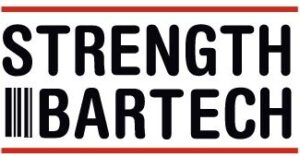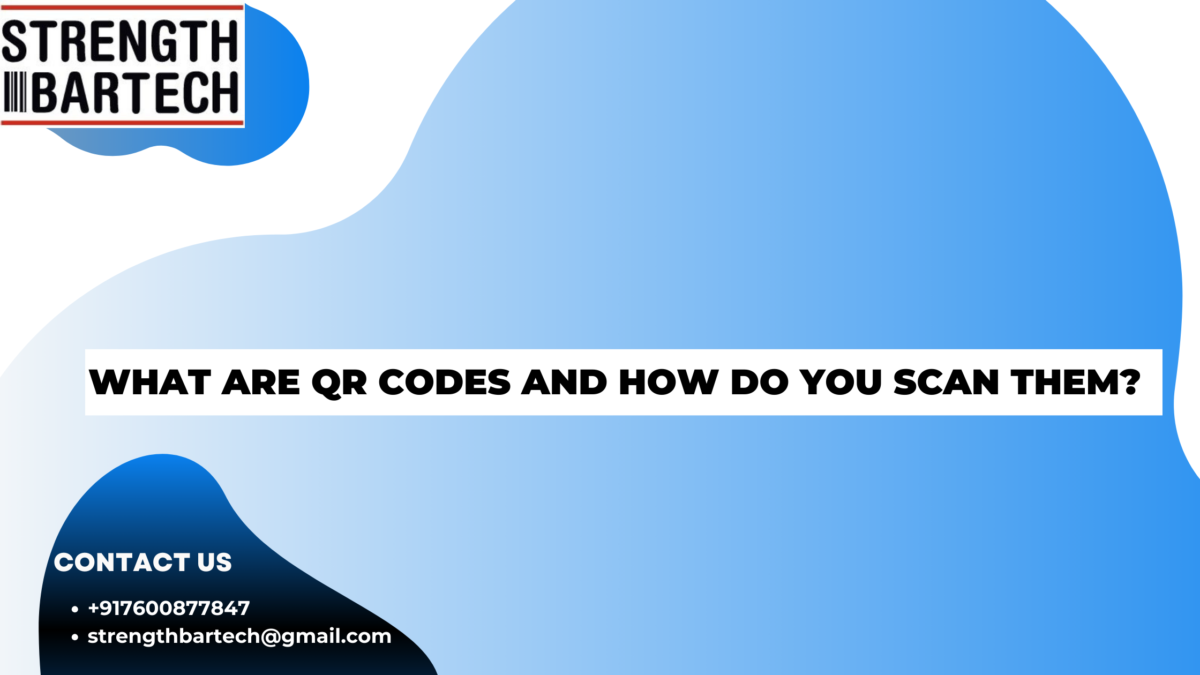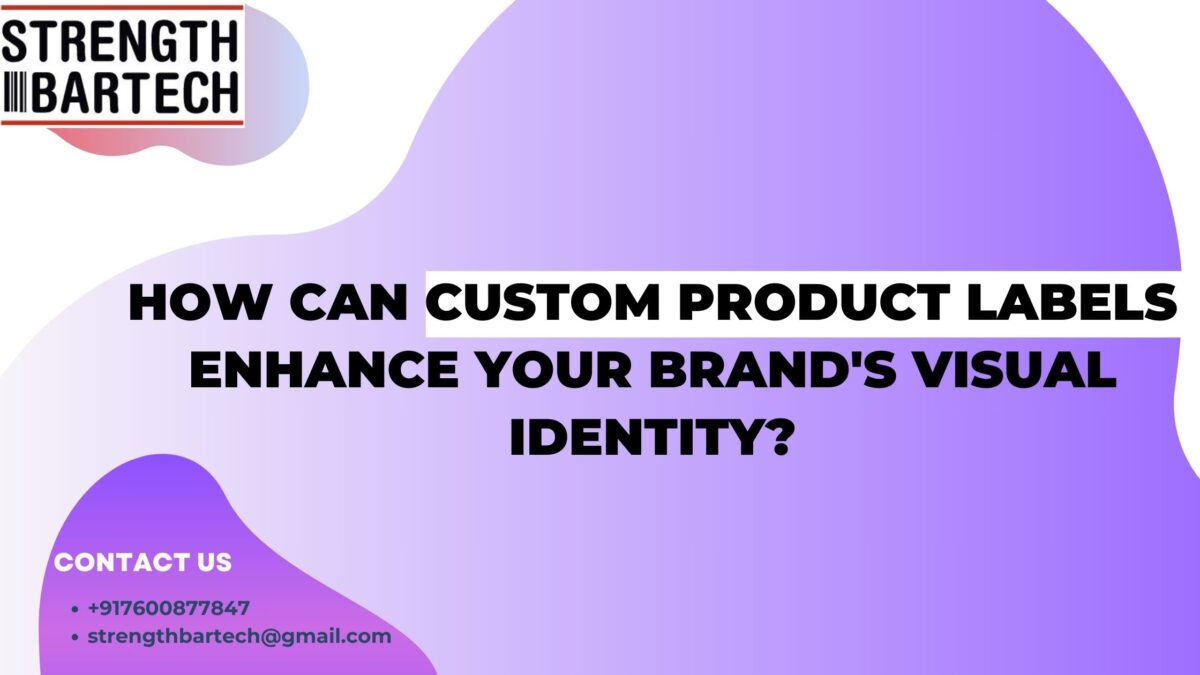QR codes, with their versatility and ease of use, offer numerous creative possibilities across various industries and everyday scenarios. These codes have a wide array of applications, making them a valuable tool for diverse purposes. Here are ten innovative ways to leverage QR codes, along with an exploration of their varied uses:
1. Enhanced Marketing Campaigns
Integrate QR codes into print or digital marketing materials such as posters, brochures, or business cards. Link these codes to promotional videos, exclusive content, or special offers to engage your audience and drive traffic to your website or social media platforms.
2. Interactive Educational Tools
Incorporate QR codes into educational materials like textbooks, worksheets, or classroom displays. These codes can link to supplementary videos, quizzes, or online resources, providing students with interactive learning experiences.
3. Contactless Menu Access in Restaurants
Amidst the shift towards contactless interactions, QR codes on restaurant tables can provide diners with digital menus. Customers can scan the code using their smartphones to view menus, place orders, and make payments without physical contact.
4. Art and Exhibitions
In art galleries or museums, QR codes placed near exhibits can offer visitors detailed information about the artwork, artist biographies, or historical significance. This enhances the overall experience by providing additional context and insights.
5. Real Estate Property Tours
For real estate listings, use QR codes on “For Sale” signs to provide interested buyers with virtual property tours or additional property details, making the house-hunting process more convenient and informative.
6. Event Ticketing and Check-ins
QR codes on event tickets streamline the check-in process. Attendees can scan their codes upon arrival, allowing organizers to manage entries efficiently while maintaining a contactless system.
7. Healthcare Information and Patient Engagement
In healthcare settings, QR codes on patient information leaflets or hospital signage can link to educational videos, medication instructions, or appointment scheduling, enhancing patient engagement and understanding.
8. Product Packaging for Authenticity Verification
Integrate QR codes on product packaging to allow consumers to verify product authenticity or access additional information such as manufacturing details, usage instructions, or customer reviews.
9. Public Transport and Travel Assistance
QR codes at bus stops, train stations, or tourist attractions can provide travelers with schedules, maps, and directions, ensuring seamless navigation and a more enjoyable travel experience.
10. Personalized Business Cards
Embed QR codes on business cards, linking them to professional profiles, portfolios, or company websites, making it convenient for recipients to access relevant information with a simple scan.
What are QR Codes used for?
QR codes are used for a multitude of purposes due to their versatility. They serve as a bridge between physical and digital realms, enabling quick access to information, promotions, transactions, or interactive content. These codes facilitate contactless operations, enhance customer engagement, streamline processes, and offer a convenient way to access data or perform tasks by scanning the code with a smartphone or a compatible device.
QR codes continue to evolve as a versatile tool in various industries, offering creative solutions to enhance engagement, convenience, and information accessibility.
For any queries or booking, Visit the Contact Us page!



